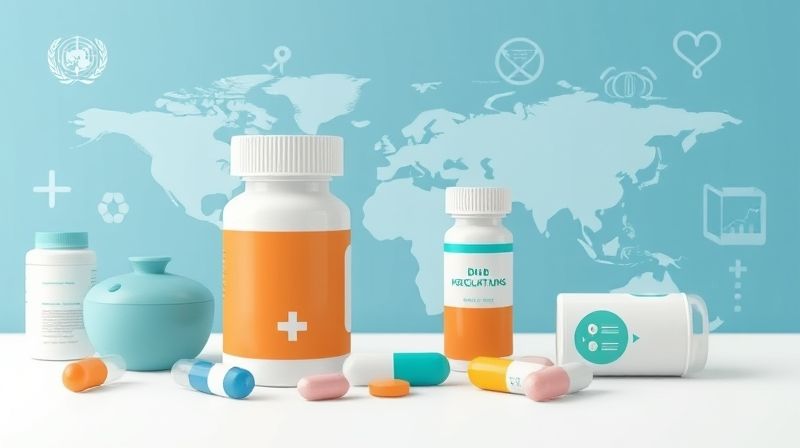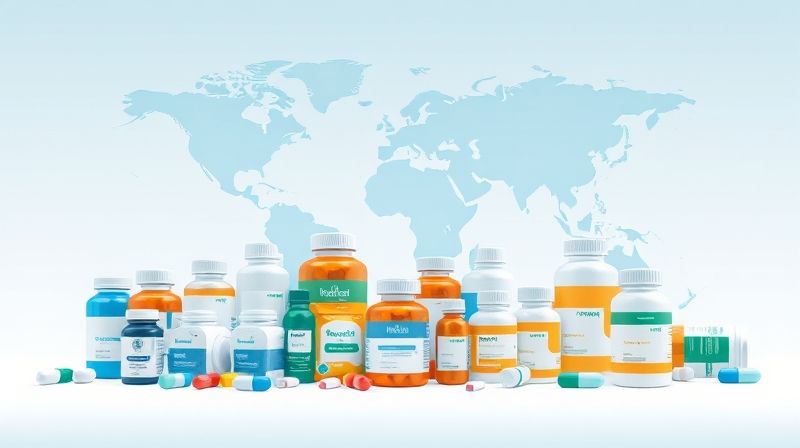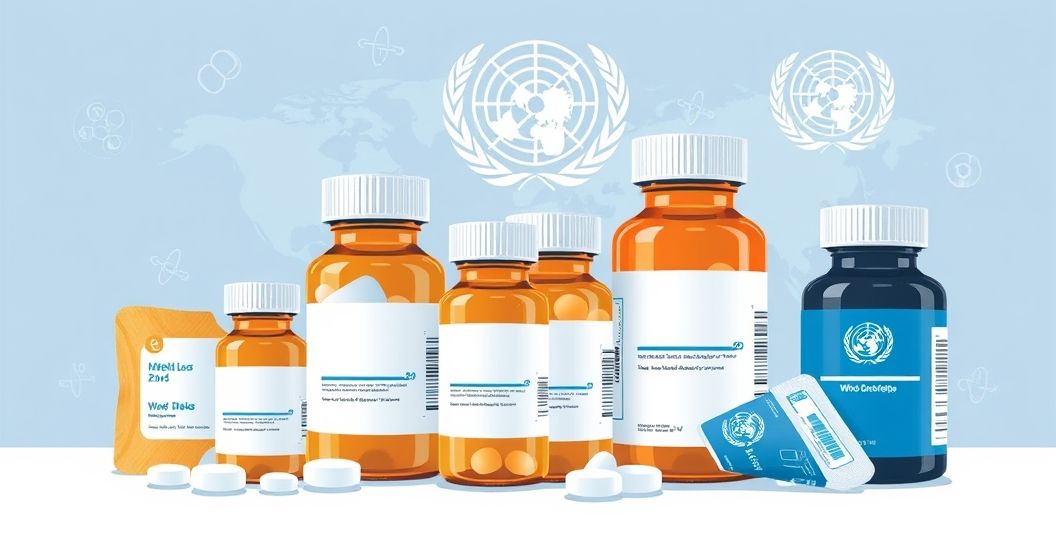Diabetes and Weight Loss Drugs on WHO Essential Medicines List: What are GLP-1 Receptor Agonists?

Diabetes and Weight Loss Drugs on WHO Essential Medicines List – Article illustration 1
GLP-1 receptor agonists are a class of medications that mimic the effects of glucagon-like peptide-1, a naturally occurring hormone that regulates blood sugar levels and appetite. These drugs are already widely used in managing type 2 diabetes, often exhibiting significant weight loss as a beneficial side effect. Their inclusion on the EML signifies a recognition of their dual therapeutic benefits.
Impact on Access and Affordability

Diabetes and Weight Loss Drugs on WHO Essential Medicines List – Article illustration 2
Listing a medication on the WHO’s essential medicines list is a powerful step towards improved global access and affordability. This designation encourages national governments to include these drugs in their own essential medicines lists, facilitating procurement and potentially leading to lower prices through increased competition and bulk purchasing. This is especially crucial in low- and middle-income countries where access to effective diabetes and obesity treatments is often limited.
The Significance of this Decision
The addition of diabetes and weight loss drugs to the EML reflects a growing understanding of the intertwined nature of these conditions. Obesity is a major risk factor for type 2 diabetes, and effective weight management is a crucial component of diabetes care. By including GLP-1 receptor agonists, the WHO is acknowledging the importance of addressing both conditions simultaneously.
Beyond Treatment: A Public Health Perspective
This move has broad public health implications. Diabetes and obesity are major global health challenges, contributing significantly to cardiovascular disease, stroke, and other serious health problems. Improved access to effective treatments can lead to better health outcomes, reduced healthcare costs, and increased productivity.
Challenges and Future Considerations
While this is a positive development, challenges remain. Ensuring equitable access to these medications in all regions, particularly those with limited healthcare infrastructure, will require sustained effort and collaboration between governments, healthcare providers, and pharmaceutical companies. Furthermore, ongoing monitoring of the long-term effects and cost-effectiveness of these drugs will be crucial.
Looking Ahead
The WHO’s decision to include diabetes and weight loss drugs in its essential medicines list is a significant step towards improving global health. It represents a commitment to tackling these prevalent conditions effectively and equitably. The inclusion is not a magic bullet, but it’s a powerful catalyst for change, potentially improving the lives of millions affected by diabetes and obesity worldwide. The future will depend on effective implementation and continued commitment to ensuring access for all who need it.


